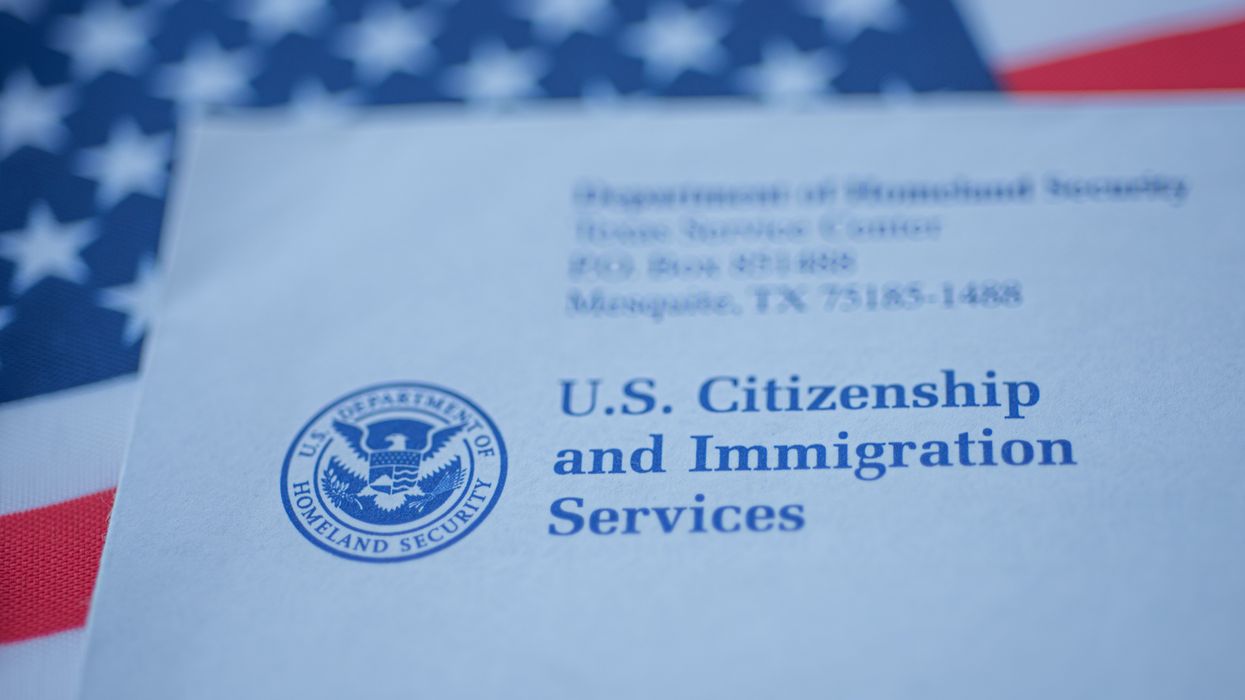Pederson is an assistant professor at Harvard Medical School, a psychiatrist at Massachusetts General Hospital and co-author of “ Landmark Papers in Psychiatry.” She is a public voices fellow with The OpEd Project.
Three migrants – a woman and her two children – recently drowned in the Rio Grande while trying to enter the United States through the southern border. It is a tragic story that echoes the dangers many immigrants face while searching for a better life for their children.
My three brothers and I came to the United States in 2002 with a recently widowed mother, seeking a better life in America. We had 25 suitcases and one-way tickets from Nigeria to O’Hare International Airport in Chicago, exactly one year after losing my father to lung cancer while he was on an academic sabbatical in the United States from Nigeria.
Most immigrants come to the U.S. seeking a better life for themselves and their families. The narrative is true for the forefathers who migrated into Native American land as well as Nigerian immigrants like me. The only group who came to America forcefully are enslaved people. Yet, despite their death-ridden journey, Black people who are descendants of enslaved people have contributed and sacrificed, making the way for me as a Black immigrant.
I spent the better portion of my path to becoming a medical doctor with an out-of-status F-1 student visa. My goal was to help people and give medical care to others. Yet, I carried the daily fear of deportation. My research shows the stigma of migration and the fears that I had are commonplace for most immigrants.
The mental toll of uncertain travel on foot or by air place migrants at great risk for psychological distress and anguish. Studies show that migrants are treated differently based on their race and ethnicity. This is related to the concept of “the good migrant.”
When I deliver services to patients, they thank me profusely. Yet I see patients make comments like, “I wish those illegals, those aliens, those unwanted people would just go back to their countries.”
My history as an immigrant exemplifies the untenable migrant status of so many. I could not work or provide for my family. I was orphaned at age 17 in a new country with housing and food insecurity, attempting to care for my brothers and myself.
My father passed away on a ventilator at a Chicago hospital and, two years later my mother passed away on a ventilator at another Chicago hospital. My three brothers and I (ages 12 to 19) were faced with a very uncertain future. Despite the message of being unwanted in America, eviction notices at our door every week, the absence of Christmas presents and Christmas trees, we persevered.
To be sure, there are justified concerns that open borders in Southern states present safety concerns and porous borders are not sustainable for any country. Yet seeking a better life for one’s family is at the heart of the American spirit and an honorable endeavor. Finding the proper balance through pragmatic immigration reform is the trust test for our country.
Congress must ensure that immigration reform is based on sound policy, not on unintentional or intentional racial biases that so often drive the immigration debate.
This is our nation's challenge. As a nation of migrants, a country with its life source embedded in migration, it is time to act accordingly.




















